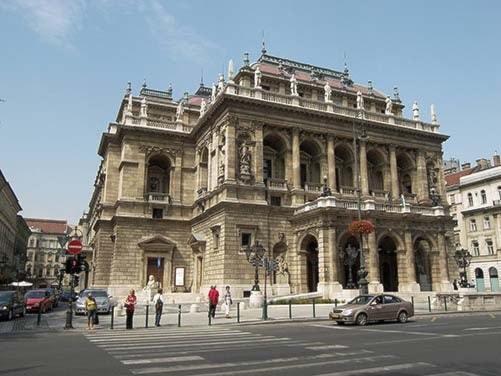Budapest, “Pearl of the Danube” or “Paris of the East”.
Either way, this is one beautiful city!
I recently visited, and now I can understand why this city is ranked as the most liveable city in Central/Eastern Europe. The population is 1.75 million. The influence of Viennese and Parisian architecture is quite apparent.
Situated on the Danube River, Budapest has always been an important city for trade. Today more than 4.3 million people visit the city annually.
The history is fascinating. The first Hungarians settled here in the 9th century. Buda, the old city, means ‘water’ in Slavic, and Pest, the new city, means ‘cave’. The Chain Bridge was built in 1849, linking Buda and Pest and was the first permanent bridge across the Danube. Now there are seven bridges.
Unification of the two cities occurred in 1873 and Budapest became the capital of a dual monarchy in the Austro-Hungarian Empire.
Today, the Buda side is more residential, with Turkish influence, and you will find the Buda Castle (built in 1265) and the Palace on this side. The Pest side is more commercial, noisy and lively, you will find the Great Market Hall on this side.
With the fall of the Austro-Hungarian Empire following the Second World War, Hungary lost two thirds of its land and many separate countries were formed.
During WWII, the Germans destroyed all the bridges and heavily bombed the city. Amazingly, the beautiful Hungarian Parliament Building (built in 1904) was spared. Genocide took the lives of 250,000 Jews, and in 1949, Hungary was declared Communist. The Hungarian Revolution occurred in 1956 and by 1964, all the bridges had been rebuilt. In 1989, the Iron Curtain fell. All Communist monuments were removed and today are housed in a Museum.
So, with all that history, there are many places to see and things to do! The Millenium Underground Railway, built in 1894, is one of the oldest metro lines in the world; the Parliament Building, State Opera House, Buda Castle, Heroes Square and St. Stephen’s Basilica are spectacular. There are 18 universities here so it’s a young, vibrant city. There are Viennese-style coffee houses. There are 80 geothermal Turkish hot springs here. The food is wonderful – famous paprika goulash, stuffed cabbage, poppy seed pastries — and so is the drink — who knew Hungary made such good wine! And their national liquor, Palinka, flavoured with plum, cherry or pear, isn’t too bad either!
For more information about this interesting city, contact Carla Nelson, Branch Manager, Maritime Travel at 250.489.4788.
